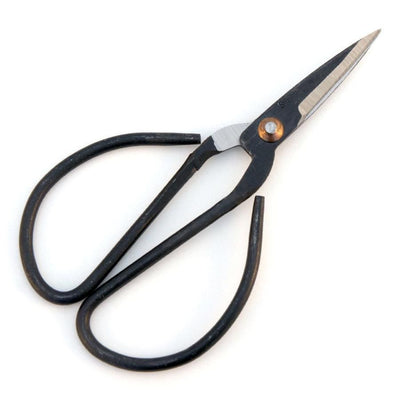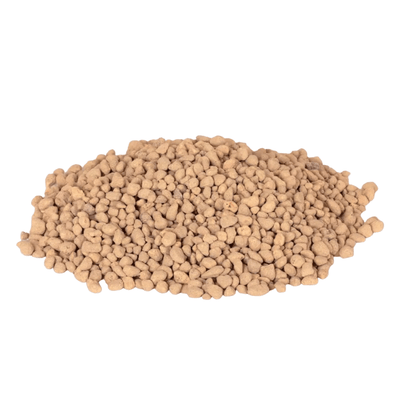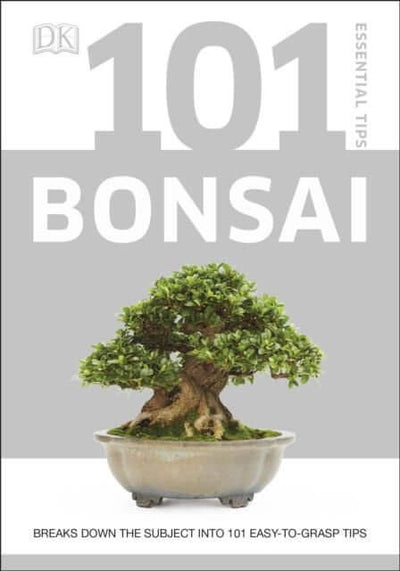Buddhist Pine (Podocarpus Micro) Care Guide
Care Guide for a Buddhist Pine (Podocarpus Micro Bonsai Tree)
The Buddhist Pine, also known as Podocarpus Micro, is a beautiful and popular choice for bonsai enthusiasts. To ensure the health and growth of your Buddhist Pine bonsai tree, follow these care guidelines:
- Placement:
- Place your Buddhist Pine bonsai tree in a location that receives bright, indirect sunlight. Avoid placing it in direct sunlight for extended periods, as it can cause leaf burn.
- During the warmer months, you can move the tree outdoors to a shaded spot, allowing it to benefit from natural sunlight and fresh air. But make sure to protect it from strong winds and intense sunlight.
- Temperature:
- Buddhist Pines prefer moderate temperatures. The ideal range is between 60°F to 75°F (15°C to 24°C).
- Protect the bonsai from extreme temperature fluctuations, as they can stress the tree.
- Watering:
- Keep the soil consistently moist but not waterlogged. Water your Buddhist Pine bonsai when the top inch of the soil feels slightly dry to the touch.
- Use a watering can or a gentle spray to water the tree, ensuring the water reaches the roots thoroughly.
- Avoid letting the tree sit in standing water, as it can lead to root rot.
- Humidity:
- Buddhist Pines prefer higher humidity levels. You can increase humidity by placing the bonsai on a humidity tray filled with water or by misting the tree regularly.
- Soil:
- Use well-draining soil, specifically designed for bonsai. A mix of akadama, pumice, and lava rock is commonly used for Buddhist Pine bonsai trees.
- Fertilizing:
- During the growing season (spring and summer), fertilize your bonsai with a balanced liquid or granular fertilizer every 4 to 6 weeks.
- Reduce or stop fertilizing during the winter months when the tree is in a dormant phase.
- Pruning and Trimming:
- Regular pruning and trimming are essential to maintain the shape and size of your Buddhist Pine bonsai tree.
- Pinch back new growth regularly to encourage branching and denser foliage.
- Wiring:
- Wiring can be used to shape the branches of your bonsai. However, be careful not to wire too tightly to avoid damaging the branches.
- Remove the wires after a few months to prevent them from cutting into the bark as the branches thicken.
- Repotting:
- Repot your Buddhist Pine bonsai every 2 to 3 years during the spring before new growth begins.
- Trim the roots during repotting, and replace the soil with fresh bonsai soil mix.
- Pest and Disease Control:
- Monitor your bonsai regularly for signs of pests or diseases, such as yellowing leaves, wilting, or unusual spots.
- If you detect any issues, take appropriate action, such as using insecticidal soap or repotting with fresh soil to eliminate potential problems.
Remember, caring for a bonsai tree requires patience and attention. By following these care guidelines and providing your Buddhist Pine bonsai with proper nurturing, you'll enjoy a healthy and thriving miniature tree for many years to come.








